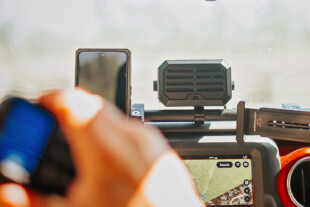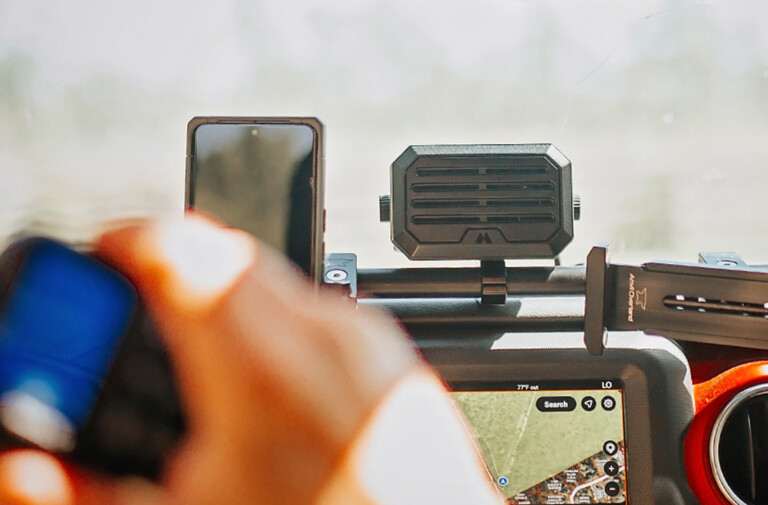How does one get the most from their particular set of tires and coilovers? Finding the limit is necessary, but to do that one should build up progressively, for two reasons: to get consistent data requires a 95 percent approach – not driving at a level that isn’t easily replicated. That way, lap times can almost always be attributed to changes and not a hiccup or a moment of inspiration. The other reason is to avoid crashing on a test day – it’s never worth it and always embarrassing.
Getting the tires up to temp is necessary to find a decent baseline. Unfortunately, it’s not easy to get slicks totally up to temperature – there’s plenty to do. Brakes need to be used aggressively to stretch the front tires longitudinally, and entry speeds (often quite sphincter-tightening) have to be high enough to stretch the tire and load the outside edge – stiff sidewalls require a bit of gusto for this do be done.

The FD’s natural handling balance is something to be appreciated, but coilovers and a team can extract the most from it.
Once the courage is found and that plateau surmounted, the track-oriented tires will find their performance window and a markedly-different level of performance is had. Then the FD’s Fortune Auto 510 coilover feature 24 positions, and starting in the middle is typically a sensible way to start the day. With conservative tire temps, the testing begins, and the appropriate damping comes as the result of quick laps and a sensitive approach. That delicate touch requires an experienced hand, so that’s why the driver change was necessary.
The car was balanced, agile, and fairly progressive, though the 2-way differential made mid-corner corrections challenging to make, and trailbraking a surefire way to spin. It’s not a forgiving setup, but it does help put that turbo-power down. Knowing how capable an FD is in the right hands with the right setup, it’s only a matter of time before Speed Academy has a real gem in their hands. Let’s hope they don’t spin into a wall before then.





















